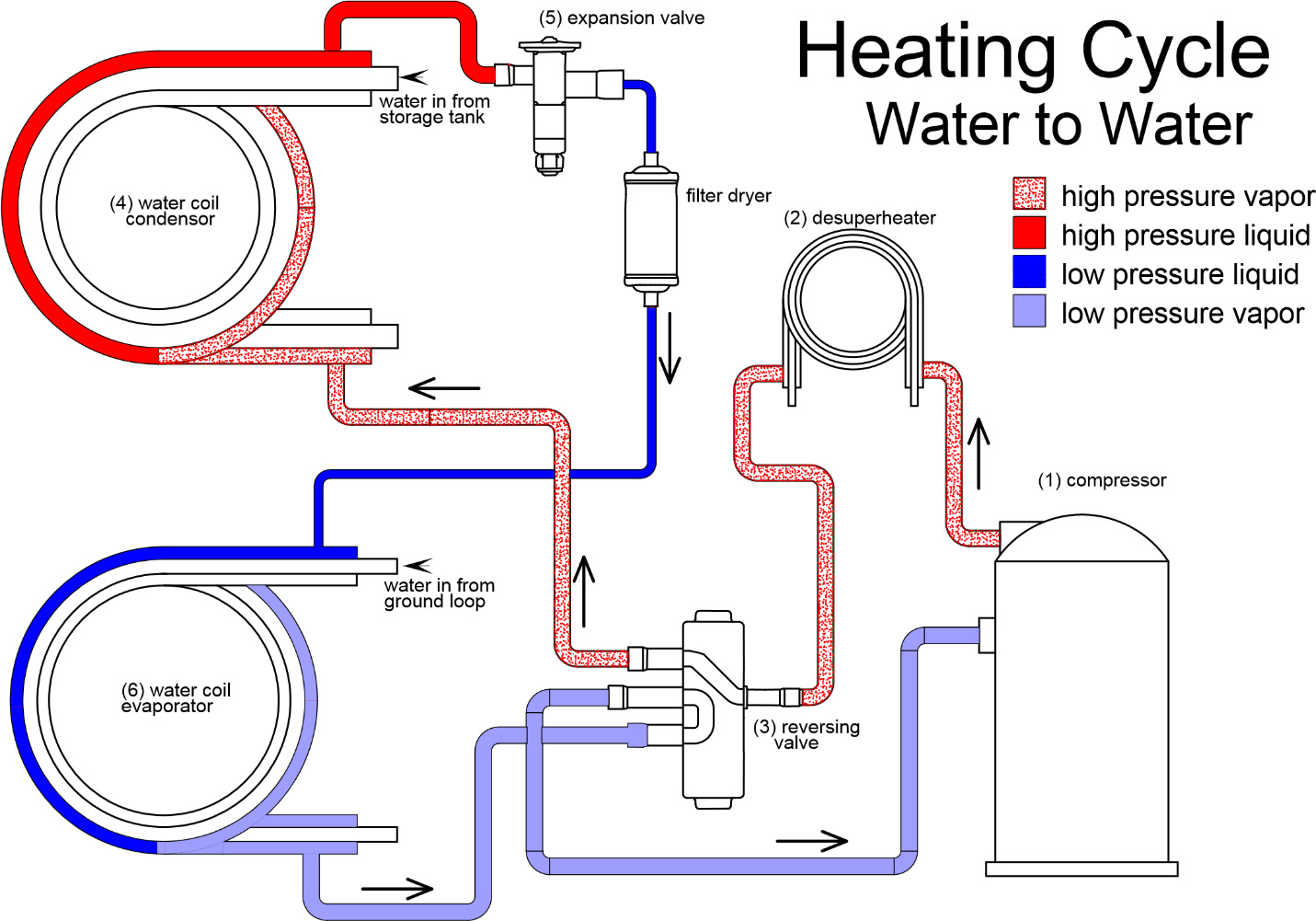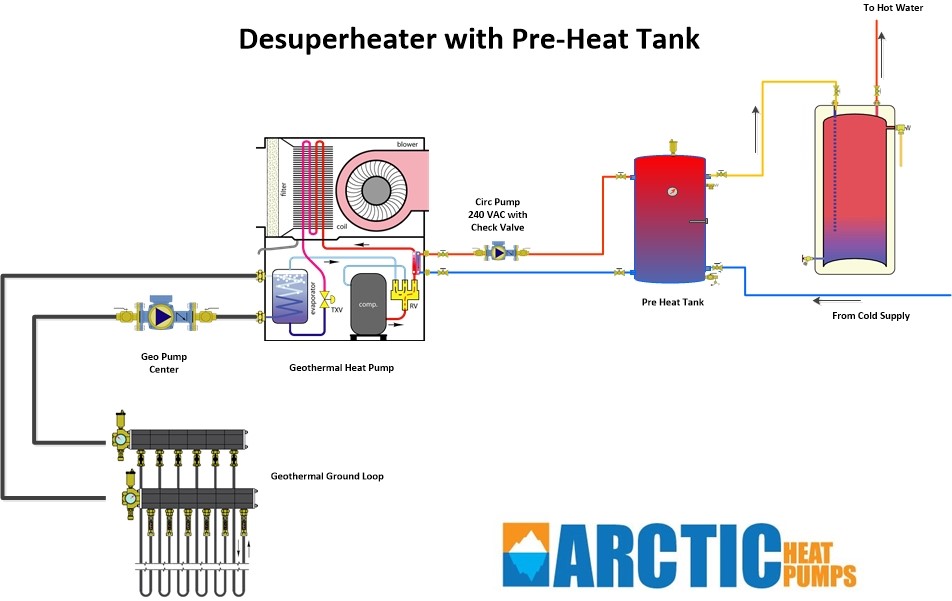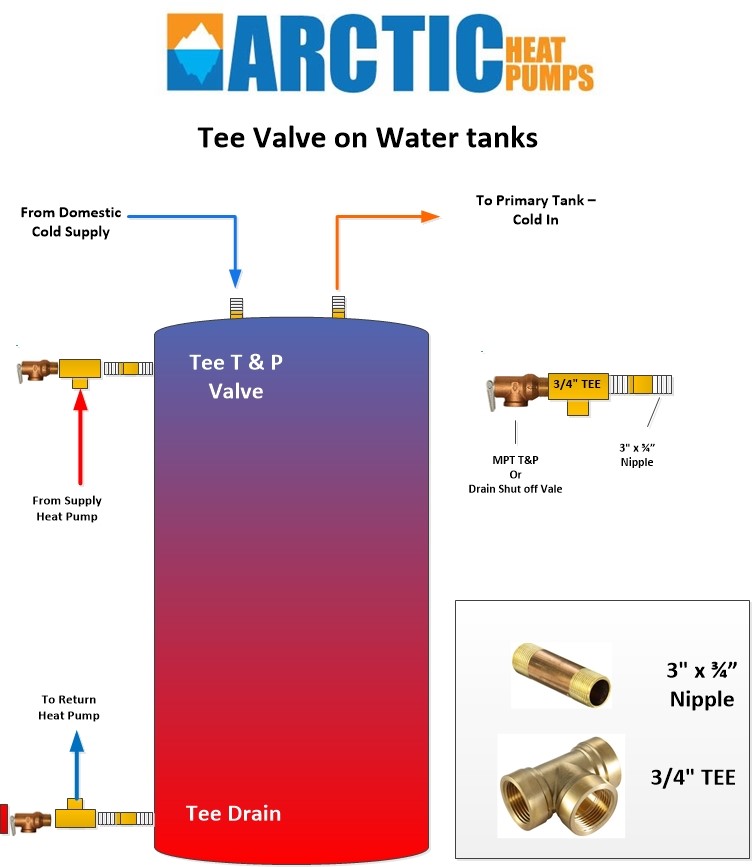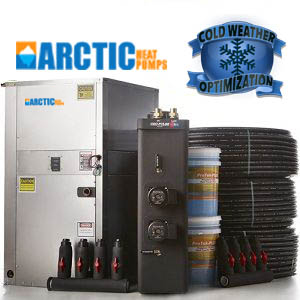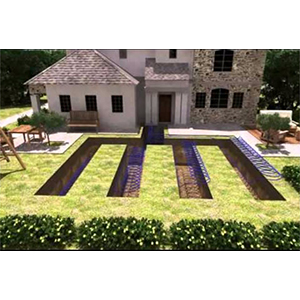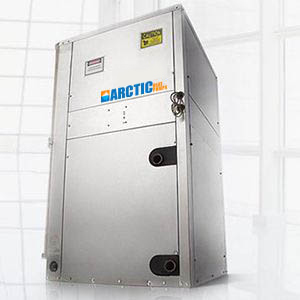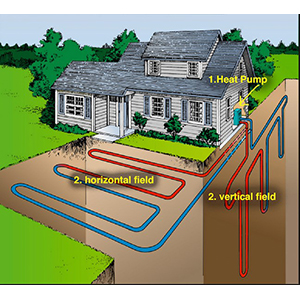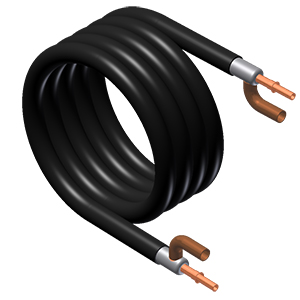Geothermal Desuperheater
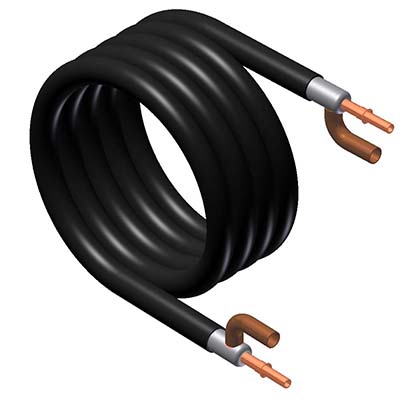
What is a desuperheater and do I need this optional upgrade?
This is one of the most asked questions when investing in a geothermal system…… Should you spend the extra money and upgrade to a desuperheater? What are the benefits and what are the added costs?
How it works
A desperheater is simply a heat exchanger that on one side runs hot Freon from the compressor and on the other side runs domestic hot water. The Freon can run as high as 140-160 F out of the compressor and this heat is normally transferred to the home/business to provide heating energy via the fan coil. A desuperheater strips off some of this heat and then transfers it to the domestic hot water system aiding in hot water heating at a more cost effective rate.
While this is a great way of providing hot water at the same COP savings as the geothermal heat pump, it only works while the compressor is operating. In heating mode (winter) the desuperheater simply takes some of the heat energy that would have otherwise gone to the house and moves it to the hot water system. This can be a problem if you heat pump is slightly undersized as you will now be short the energy required to heat the house and this will need to come in the form of more costly back up supplemental heat. If you have sized your geothermal heat pump with considerations of this domestic hot water load then you should be okay.
Cost – a superheater will add to the cost of the geothermal heat pump at the time of purchase as this special Heat Exchanger needs to be installed at the factory ($600). You will also need a pump to circulate the domestic hot water ($250) and you will need an extra pre-heat water tank ($400) and finally some plumbing parts and fittings ($100). So in total the desuperheater option will cost you anther $1350 approx. With a heat pump of a COP of 4 the saving are 75% so this would normally be a great investment for domestic hot water. However, the saving is only realized when the heat pump is running. During the shoulder seasons this may be very little so the actual contribution that the desuperheater is providing may only by ¼ of your hot water production or 18.75% savings. Depending on your energy cost the Payback may be out of reach.
Summer savings - the Desuperheater tends to make more sense when the cooling load is the dominate load as the desuperheater now helps to remove the heat energy that would ordinarily be transferred back to the earth rather than compete with energy required for the heating load. The heat removed from the house in cooling is wasted energy for the most part and now the desuperheater transfers it to useable heat (domestic hot water). In this case the hot water is not sharing the energy from the house it is using wasted energy that will otherwise go unused. So the cost of this energy is effectively FREE.
Single tank or Dual Tanks - While you certainly will save money on the installation cost by going with a single tank, it is not recommended and can cause performance issues with the heat pump. The reason is that Freon R410a has a maximum temperature of about 140 F and most manufactures will suggest a limit of about 120 F when heating hot water (maximum water temperature achievable). However, 120 F is not normally considered high enough and most plumbers and home inspectors will want to see 140 F as a safe temperature to prevent water breeding bacteria from forming. By using two tanks we can reach 120 F in the pre-heat tank and then this heat is transferred to the main tank for a minimal temperature raise. This is called a pre-heat layout. If you were to use a single tank the domestic hot water would be hotter than the heat pump can produce, causing the Freon to be heat up and resulting in high pressure errors in the system.
Do your homework before hand and if you have a larger hot water load with costly energy then a desuperheater might be a good option!
If you don’t want to invest in a specialty buffer pre-heat tank then you can retrofit any existing water tank to a buffer tank by using the extra ports found on the T&P valve and the water drain to create an inexpensive pre heat tank.


